Fenugreek Farming (Methi) Guide:
Today, let us learn the topic of growing methi or fenugreek farming techniques and cultivation practices of fenugreek seeds.
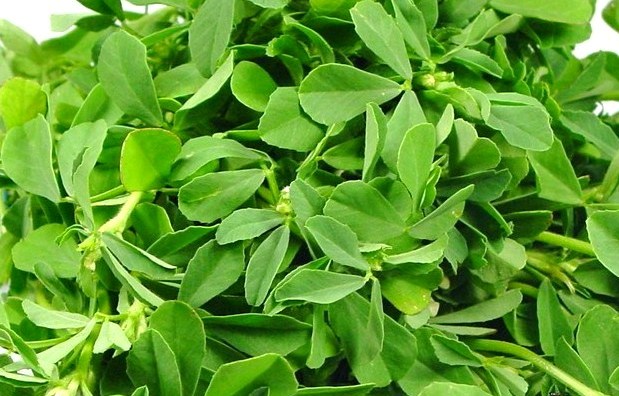
Introduction to Fenugreek:
Fenugreek is popularly known as “methi” in India and used as condiments and as a flavoring agent for food preparations. The young pods and leaves are used as vegetable consumed in daily cooking. The fenugreek leaves are quite rich in protein minerals and Vitamin C. Fenugreek botanical name is “Trigonella foenum-graecum”. Fenugreek belongs to the family of “Fabaceae”. Fenugreek is used both as a herb (the leaves of the plant) and a spice (the seed).
Major Fenugreek production states in India:
Its crop is commercially cultivated for its seeds. Largest fenugreek production state in India is Rajasthan. Other major fenugreek production states are Tamil Nadu, Gujarat, Madhya Pradesh, Punjab & Uttar Pradesh.
Health Benefits of Fenugreek:
Some of the health benefits of Fenugreek (or) Methi are given below.
- Helps in reducing cholesterol.
- Helps in preventing diabetes.
- Helps in protecting from cancer.
- Helps in healthy testosterone levels.
- Helps with digestion problems.
- Helps in weight loss.
Local Names of Fenugreek in India:
Methi (Hindi, Oriya,Bangla, Punjabi, Urdu ), Methya (Marathi), Menthya (Kannada), Vendayam (Tamil), Menthulu (Telugu), and Uluva (Malayalam).
Commercial varieties of Fenugreek (Methi):
Kasuri, RMt 1,Pusa,RMt 143, Early,Co-1 punching type, Methi No- 47, No- 14, EC- 4911,Rajendra Kanti,HM 103,Hissar Sonali are the important varieties of fenugreek (methi). Pusa early commercial crop, it takes about 130 days for its seed maturity. Methi No.14 and Methi No.47 are high yielding varieties of fenugreek in India.Co-1Variety also early bunching crop. its maturity period is 95 days.
Agro-Climatic requirements:
Fenugreek cultivation needs moderately cool, frost-free, and clear sky climate throughout its growth period. Even though fenugreek is fairly tolerant to frost during its active vegetative stage, it would become vulnerable to damage caused by frost @ the flowering and early grain formation phases.
Soil Requirements:
Fenugreek can be cultivated in wide varieties of soils with rich organic matter. However loamy (or) sandy loam soils with good drainage are best suitable for fenugreek cultivation. The soils with a pH value of 6.0 to 7.0 will have an increased yield of fenugreek seeds.
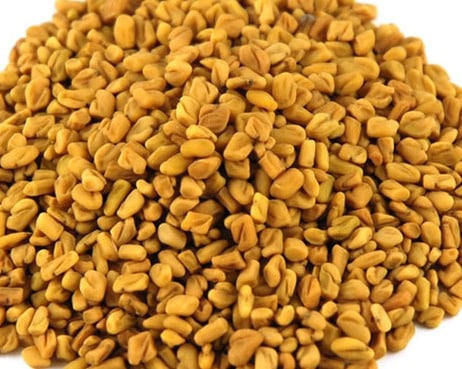
Fenugreek Seed Treatment Procedure:
Before sowing the fenugreek seeds should be treated with Rhizobium culture.
Seed rate and Sowing of Fenugreek:
The best sowing time for fenugreek or methi crop in Northern parts India in October last week to Nov 1st week. Fenugreek is grown both as a Rabi and Kharif season crops in southern parts of India. Best sowing time for Rabi crop is the first fortnight of October and for Kharif crop is the second fortnight of June to July-end. Rabi crop yields much higher than the Kharif crop. Ideal seed rate per hectare is 25 kg for both the crops.
The spacing of Fenugreek Plants:
Seed sowing should be carried out @ 30 cm apart in rows with a planting space of 10 cm. The seed should be sowed in depth of not more than 5.0 cm. For leafy vegetables, Fenugreek (or) methi should be sown from Sep middle to March middle. Field soil should be thoroughly prepared before sowing the seeds. Flatbeds with convenient size should be recommended for sowing.
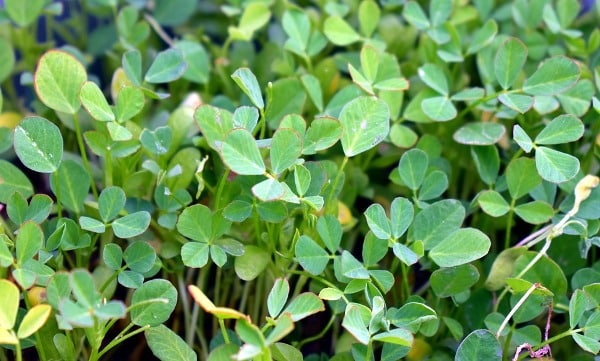
Manures and Fertilization for Fenugreek Crop:
At the time of soil/field preparation add 20 to 30 cartloads of FYM (Farm Yard Manure) (or) compost @ 15 to 20 tons per hectare should be added to enrich the field fertility. At the time of sowing, 50 kg N/ha and 40 kg P2O5/ha should be applied. If inherent soil fertility is high, the dose of N should be reduced. Better to carry out a soil test to know the fertility condition of the main field soil.
Irrigation Requirement for Fenugreek Crop:
As soon as sowing is completed, give a light watering. Subsequent irrigations are given as 4 irrigations @ 30, 70 to 75, 85 to 90 and 105 to 110 days after sowing the seeds. At the time of Pod and seed development stages, make sure the sufficient water is provided and in case of water lagging, good drainage should be provided.
Weed control in Fenugreek Field:
First hoeing and weeding are required at the time of thinning which is 21 to 30 days after sowing the seed. 2nd weeding should be carried out @ 45 to 60 days after sowing. Herbicides can also be used to control the weeds. Fluchloralin @ 0.75 kg per hectare should be supplemented with hand-weeding 50 days after sowing.
Harvesting of Fenugreek:
The Best time for harvesting the crop is when the lower leaves start shedding and pods turn in to yellow color. Manual harvesting can be done by cutting the plants with sickles. Delaying harvest may cause to shattering of seeds.
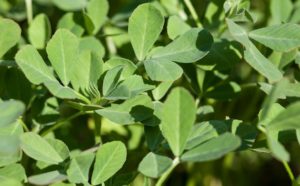
The yield of Fenugreek:
An average yield of 10 to 11 quintals/hectare can be expected. However, under best management conditions and with a good variety of seed an average yield of 15 to 20 q/ha can be obtained.
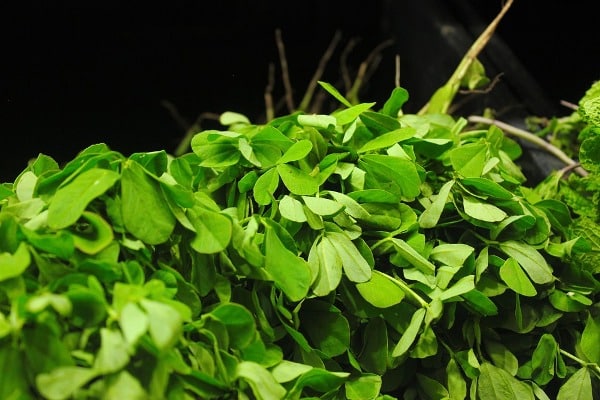
Threshing of Fenugreek Harvest:
The harvested plants should be tied in bundles and dry them in the sunlight for 5 to 7 days. In the threshing process, fenugreek seeds are separated from the plants. Manual threshing or mechanical threshing can be carried out to separate the seeds from plants.
That’s all folks about methi cultivation or fenugreek farming techniques and ideas.
Read: How To Grow Celery in the Backyard.
Please send the quotation of Fenugreek
Bittane yava rithi thilisi